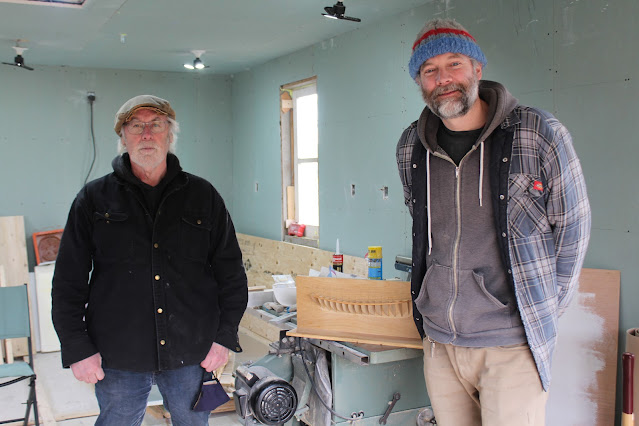
The Wooden Boat Museum INVITES YOU TO HELP US preserve the traditional working boats of our Province.
LEARN A PROFESSIONAL APPROACH TO FIELD DOCUMENTATION
Our two part program includes a ONE DAY CLASSROOM INTRODUCTION to the elements of field work followed by a
series of TWO DAY PRACTICAL EXERCISES fully documenting boats at selected sites around the Province.
Traditional Small Boats
Introduction - Regional working boats to be found around the coastline of our Province.
Kevin McAleese – Curator, The Rooms
Anatomy of a Boat
Seeing wooden boat structure with a critical eye. Characteristics and craftsmanship.
Aidan Penton – Master Boatbuilder, Fogo Island
Lifting Lines
A practical guide to capturing the shape or hull form of a boat in the field
Bruce Whitelaw – Naval Architect, WBMNL
Digital Photography
A practical guide to achieving museum quality digital photographs in the field.
Jerry Pocius – Research Professor, MUN
Tape Recorded Interviews
A practical guide to successful tape recorded interviews in the field.
Dale Jarvis – Folklorist, Heritage Foundation of Newfoundland and Labrador
ONE DAY
St. John’s
Saturday, May 16
8:45 AM
$35
Registration Fee
Lunch included
Location
Industrial Seminar Room
Marine Institute
155 Ridge Road
for INFORMATION contact
Bruce Whitelaw
709 722 7337
bruce.whitelaw@mi.mun.ca or
Bev King (WBMNL)
709 583 2070
bkingheritage@gmail.com"The first day in St. John's is an introduction to field documentation and an opportunity to begin establishing a standard for capturing data on our traditional wooden boats in an orderly way," says Beverly King of the Wooden Boat Museum of Newfoundland and Labrador. "The hope is to encourage people from around the Province to come together for a day. Then in the weeks to come there would be a further two days in "the field" practising the skills introduced."
"The sites of these practical sessions are to be determined by the participants of day one and the identification of boats to be documented," says King. "We intend to hold about a half dozen practical sessions dotted around the Province with only a subset of those attending the introduction participating in any one practical exercise. So, everyone gets the common introduction in St. John's and then goes back home and practices (with the assistance of a number of the presenters of day one who will travel out to the sites for a couple of days)."
http://www.heritagefoundation.ca/media/2711/promo_may16.pdf






















